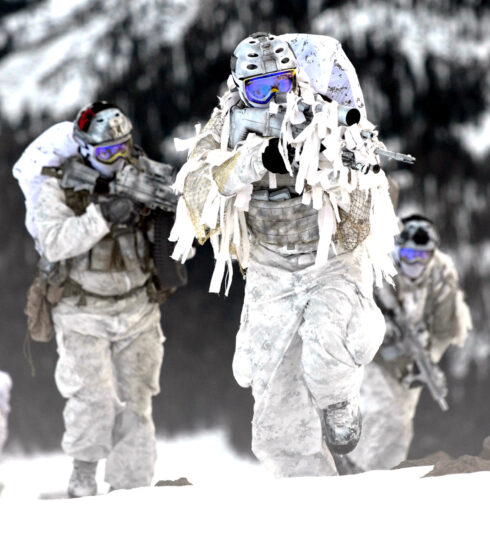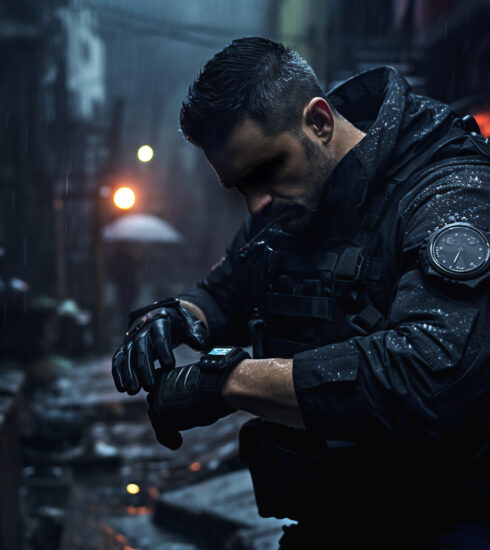Close Quarters Combat: Situational Awareness
Situational awareness is the second most decisive and advantageous tradecraft element in hand-to-hand, firearm and edged CQC – when performed with speed / fast reaction time and accompanied with skill / technique.
While speed / reaction time is the most critical factor in close quarters combat, situational awareness stands out as the second most important factor for covert operatives engaging in CQC.
Situational awareness involves being cognizant of one’s surroundings, understanding the dynamics at play, and anticipating potential threats or opportunities. This intel explores the importance of situational awareness in CQC and explain how it contributes to the effectiveness of covert operatives in the field.
The Significance of Situational Awareness in CQC
Situational awareness is a vital aspect of CQC for several reasons:
• Threat Assessment: Being aware of your surroundings enables you to quickly identify potential threats, giving you the chance to react appropriately and maintain a safe distance or position.
• Anticipation: By actively observing and processing information about your surroundings, you can anticipate your opponent’s moves, allowing you to respond more effectively and gain the upper hand in combat.
• Tactical Decision-Making: A strong understanding of the environment and the dynamics at play allows for better tactical decisions, such as choosing the optimal moment to engage or disengage, or selecting the best route to approach or escape a situation.
• Maintaining Control: Situational awareness allows you to stay in control of your environment, making it difficult for adversaries to catch you off guard or exploit vulnerabilities.
Enhancing Situational Awareness
To improve situational awareness, operatives should focus on the following strategies:
Active observation by constantly scanning your environment, taking note of potential threats, exits, and any factors that could influence the outcome of an encounter.
Mental mapping by creating a mental map of your surroundings, including key landmarks, possible escape routes, and the positions of allies and adversaries.
Multitasking by training your ability to process multiple sources of information simultaneously, allowing you to maintain situational awareness while engaged in combat or other tasks.
Intuition and pattern recognition by developing your intuition and pattern recognition skills, enabling you to quickly identify anomalies or potential threats in your environment.
Communication by maintaining open lines of communication with team members, sharing relevant information and updates about the situation as it evolves.
Situational Awareness in Practice
Covert operatives can apply situational awareness in various CQC scenarios, such as:
Hand-to-Hand Fighting
By maintaining situational awareness during hand-to-hand combat, you can anticipate your opponent’s moves, identify environmental factors that may influence the fight, and choose the most effective techniques to gain the advantage.
Knife Fighting
In knife fighting scenarios, situational awareness enables you to maintain a safe distance, identify potential openings in your opponent’s defense and capitalize on environmental factors, such as using obstacles to your advantage.
Gun Fighting
Situational awareness is crucial in gun fighting situations, as it allows you to assess the best cover positions, identify potential threats and anticipate your opponent’s movements, increasing your chances of success.
Conclusion
Situational awareness is a critical factor in close quarters combat, allowing covert operatives to assess threats, make informed decisions and maintain control of their environment. By focusing on enhancing situational awareness through active observation, mental mapping, multitasking and communication, operatives can increase their effectiveness in the field and better protect themselves and their mission objectives.
[INTEL : Preemptive CQC Striking]
[OPTICS : Edged Weapon CQC Training]







